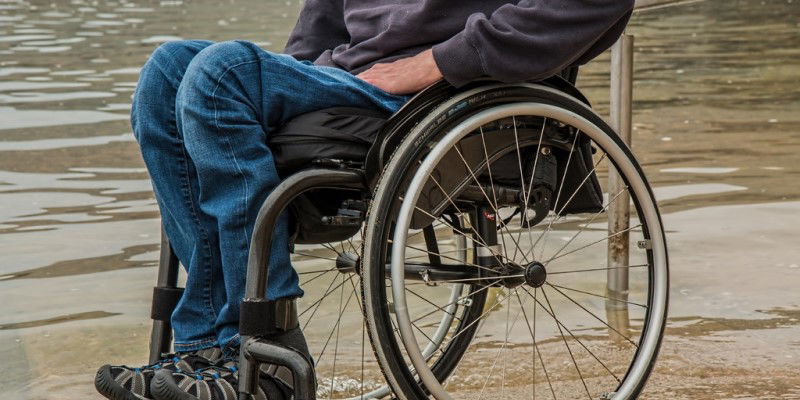Anxiety is a common mental health issue that affects millions of people around the world. It can manifest in various forms, including constant worrying, fear, panic attacks, and avoidance behavior. For mental health professionals, it is essential to have a range of tools and techniques at their disposal to help clients cope with anxiety effectively. Here are 20 best anxiety tools for helping your clients cope:
1. Breathing techniques: Deep breathing exercises can help clients reduce anxiety and feel more relaxed.
2. Mindfulness meditation: Mindfulness practices can help clients stay present and calm in the face of anxiety.
3. Progressive muscle relaxation: This technique involves tensing and relaxing different muscle groups to help clients release physical tension.
4. Cognitive restructuring: This involves identifying and challenging negative thought patterns that contribute to anxiety.
5. Visualization: Guided imagery can help clients create a mental picture of a peaceful place to relax.
6. Grounding techniques: Encourage clients to use their senses to stay connected to the present moment and reduce anxiety.
7. Journaling: Writing down thoughts and feelings can help clients process and release emotions.
8. Physical activity: Regular exercise can boost mood and reduce anxiety.
9. Social support: Encourage clients to reach out to friends and family for support during times of anxiety.
10. Relaxation techniques: Teach clients relaxation techniques like progressive muscle relaxation, guided imagery, and meditation.
11. Stress management techniques: Help clients identify and reduce sources of stress in their lives to manage anxiety better.
12. Self-care practices: Encourage clients to prioritize self-care activities like getting enough sleep, eating well, and taking time for hobbies and relaxation.
13. Mindfulness-based stress reduction: This program combines mindfulness meditation, yoga, and body awareness to help clients manage stress and anxiety.
14. Cognitive-behavioral therapy: CBT is a highly effective therapy for treating anxiety disorders by challenging negative thought patterns and developing coping skills.
15. Exposure therapy: This therapy involves gradually exposing clients to anxiety-provoking situations to help them build tolerance and reduce fear.
16. Acceptance and commitment therapy: ACT focuses on accepting uncomfortable emotions rather than trying to control or avoid them, helping clients build psychological flexibility.
17. Biofeedback: This technique monitors and provides feedback on physiological responses like heart rate and muscle tension to help clients learn how to control their stress response.
18. Art therapy: Encourage clients to express their feelings through art to reduce anxiety and increase self-awareness.
19. Self-compassion practices: Teach clients self-compassion exercises to cultivate kindness and understanding toward themselves during periods of anxiety.
20. Medication: In some cases, medications like antidepressants or anti-anxiety drugs may be prescribed to help clients manage anxiety symptoms.
In conclusion, providing clients with a range of anxiety tools and techniques can help them cope effectively with their symptoms and improve their overall well-being. By employing a combination of these strategies, mental health professionals can support their clients in developing healthy coping mechanisms for managing anxiety and living more fulfilling lives.



